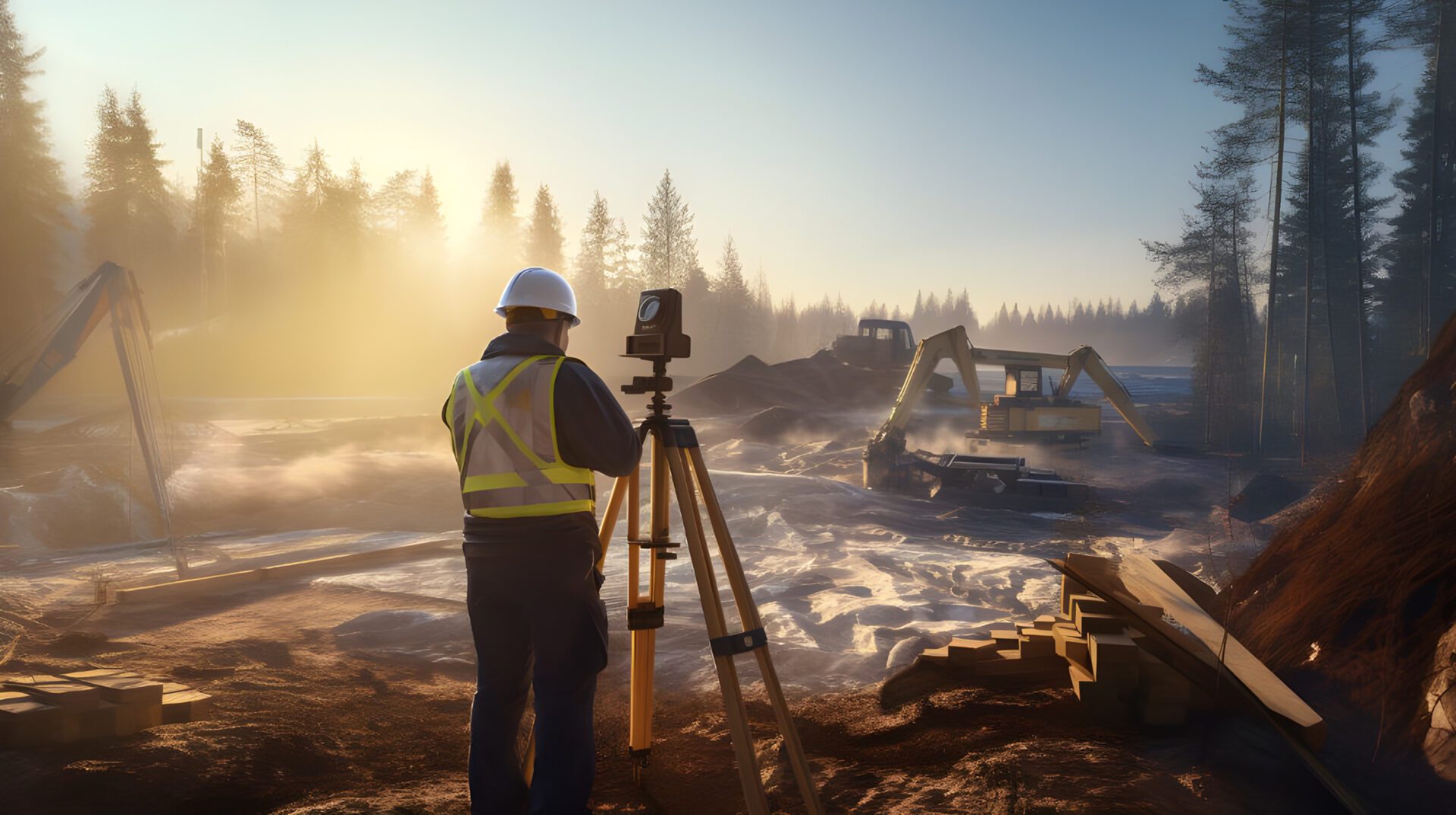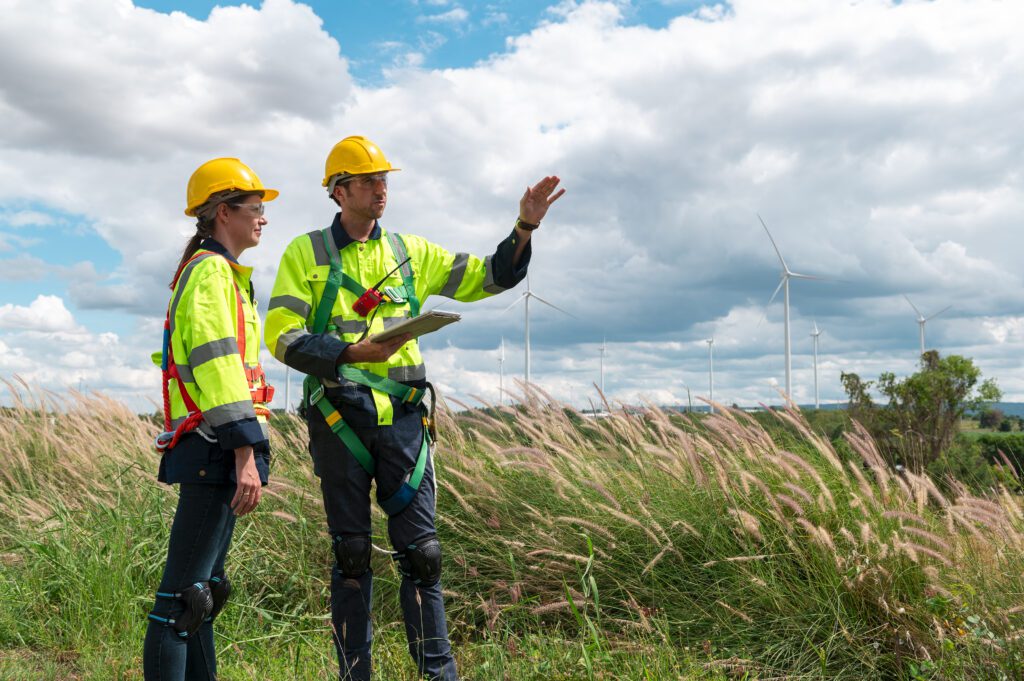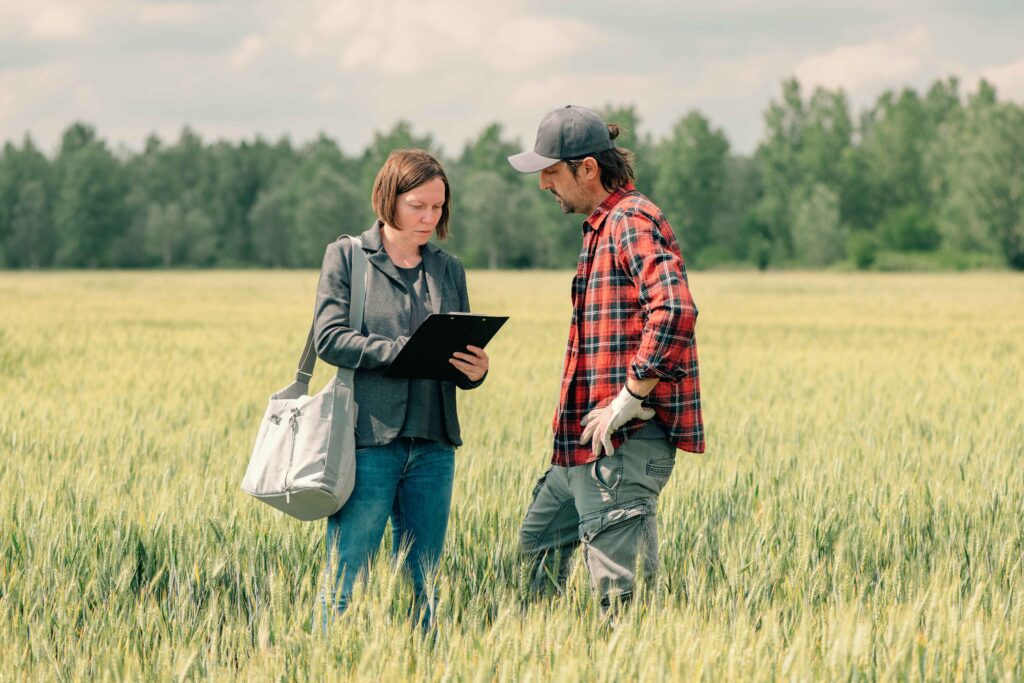When considering a property transaction or development, a Phase 1 Environmental Site Assessment (ESA) is a critical step. This process evaluates potential environmental risks associated with a property, ensuring compliance with environmental laws and regulations. Property DNA specializes in providing thorough Phase 1 ESAs across Alberta. This guide will walk you through the differences between Phase 1 and Phase 2 ESAs, provide a detailed Phase 1 ESA Checklist, and explain why Property DNA is your best choice for these assessments.
Understanding Phase 1 Environmental Site Assessments
 A Phase 1 ESA is a preliminary assessment to identify potential or existing environmental contamination liabilities of a property. This assessment primarily involves reviewing historical records, conducting a site visit, and interviewing relevant parties. Unlike Phase 2 ESAs, which involve physical sampling and laboratory analysis, Phase 1 focuses on non-invasive research and observation to determine if further investigation is necessary.
A Phase 1 ESA is a preliminary assessment to identify potential or existing environmental contamination liabilities of a property. This assessment primarily involves reviewing historical records, conducting a site visit, and interviewing relevant parties. Unlike Phase 2 ESAs, which involve physical sampling and laboratory analysis, Phase 1 focuses on non-invasive research and observation to determine if further investigation is necessary.
Differences Between Phase 1 and Phase 2 Environmental Site Assessments
Phase 1 vs Phase 2 ESA processes differ significantly in scope and purpose. While a Phase 1 ESA is a reconnaissance-level evaluation designed to identify potential environmental concerns, a Phase 2 ESA involves collecting soil, groundwater, and other samples to confirm the presence of contaminants. Essentially, Phase 1 provides an overview and determines if there is a need for Phase 2, which is a more intensive investigation involving scientific testing and analysis.
Essential Checklist for Conducting a Phase 1 ESA

For a Phase 1 ESA in Alberta, professionals follow a standardized checklist to ensure no detail is overlooked. Below is a breakdown of the key components:
Records Review
The first step in a Phase 1 ESA is a thorough examination of existing records related to the property.
- Previous Assessments: Review any past environmental reports and assessments to identify any known contamination or concerns.
- Land Titles: Verify historical ownership records to identify potential uses that may have caused contamination.
- Site & Municipal Plans: Analyze municipal zoning maps and site plans to understand historical property usage and surrounding land use.
- Geological Review: Evaluate geological and hydrogeological maps to assess the natural conditions that could affect contamination migration.
- Regulatory & Waste Management Records: Check for any environmental liens, regulatory notices, or recorded violations from environmental agencies.
Site Visit
A physical site inspection is crucial to identify current conditions that might indicate environmental risks.
- PPE: Ensure all personnel are equipped with proper personal protective equipment (PPE) to safely conduct the assessment.
- Current Businesses: Observe and document current operations on the property that may involve hazardous materials.
- Adjoining Properties: Evaluate nearby properties to assess any potential environmental risks posed by neighboring activities.
- Stains & Drainage Systems: Look for signs of spills, leaks, or drainage issues that could suggest contamination.
Interviews
Interviews with key stakeholders provide additional context and information that might not be apparent through document reviews and site visits alone.
- Conduct interviews with current property owners, occupants, neighbors, and local government officials to gather historical and operational information relevant to the Phase 1 ESA Checklist.
Reporting
The findings from the Phase 1 ESA are compiled into a comprehensive report that provides a detailed evaluation of the property.
- Client Relationship & Description of Assessed Property: A clear description of the property, its location, and any existing client relationships.
- Information Gathered: A summary of all data and information collected during the records review, site visit, and interviews.
- Conclusions & Recommendations & Supporting Documents: A conclusion that outlines any recognized environmental conditions (RECs) and recommendations for further action, such as a Phase 2 ESA if necessary.
Why Choose Property DNA for Your Phase 1 ESA?
 Choosing Property DNA for your Phase 1 ESA means opting for a service provider with a strong track record of delivering expert environmental site assessments in Alberta. With years of experience, Property DNA possesses an in-depth understanding of local regulations and environmental conditions, ensuring that all evaluations are thorough and compliant with all regulatory requirements. Unlike standard assessments that might only offer checklists, Property DNA provides comprehensive reports that deliver actionable insights and tailored recommendations, helping clients make informed decisions.
Choosing Property DNA for your Phase 1 ESA means opting for a service provider with a strong track record of delivering expert environmental site assessments in Alberta. With years of experience, Property DNA possesses an in-depth understanding of local regulations and environmental conditions, ensuring that all evaluations are thorough and compliant with all regulatory requirements. Unlike standard assessments that might only offer checklists, Property DNA provides comprehensive reports that deliver actionable insights and tailored recommendations, helping clients make informed decisions.
At the core of Property DNA’s service is a client-centric approach, where transparency, reliability, and efficiency form the foundation of every client relationship. This approach is bolstered by the use of advanced technology and methodologies, ensuring that all assessments are conducted accurately and in a timely manner, meeting all local, provincial, and federal regulations. By partnering with Property DNA, you are aligning yourself with a team committed to protecting your investment and the environment. For more information on our Phase 1 ESA services, visit our website!






